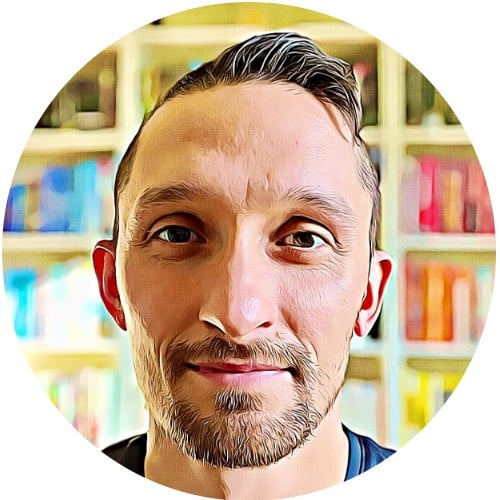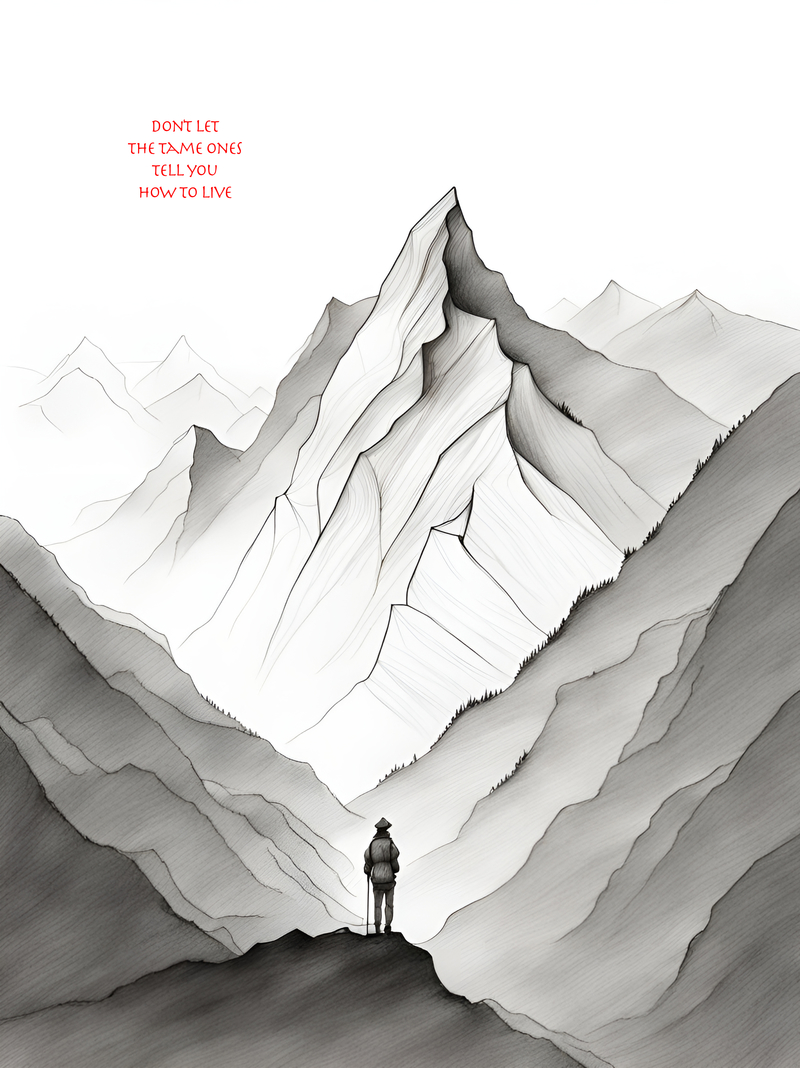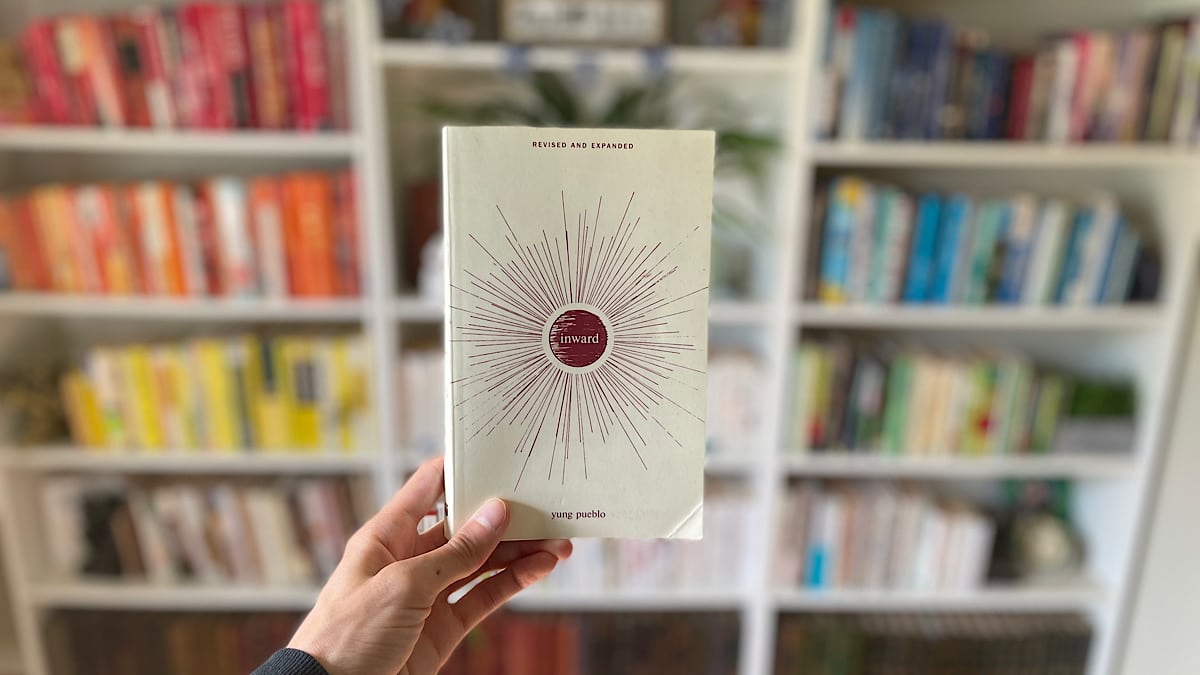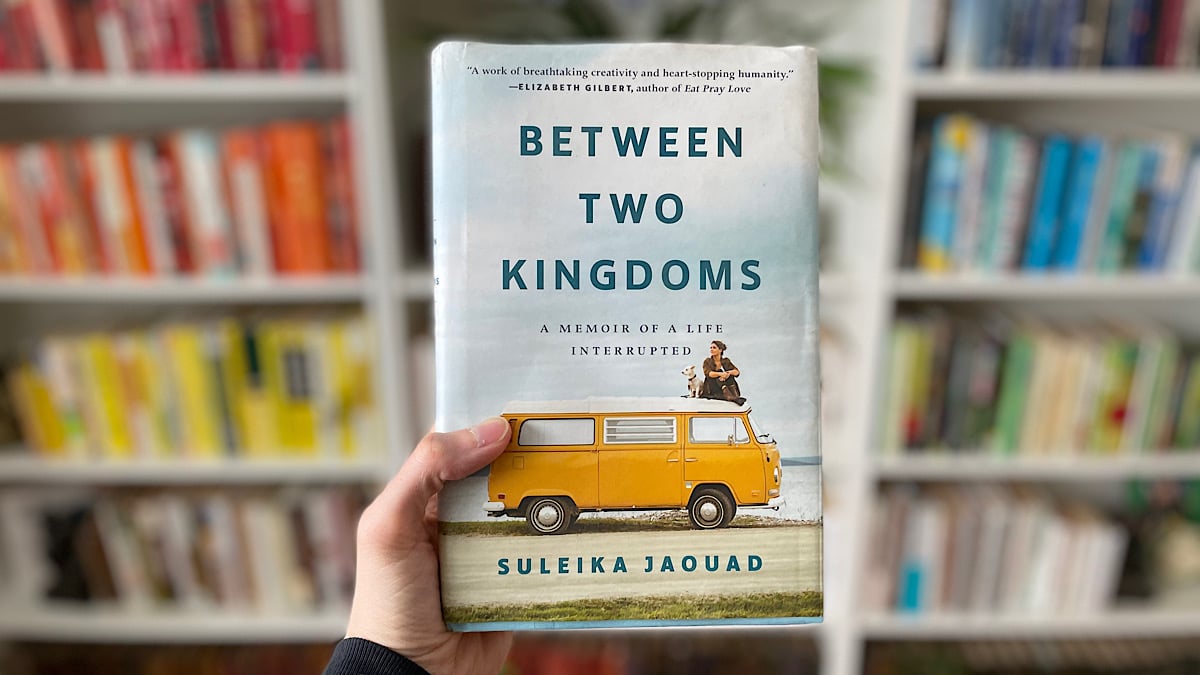Excerpt: Pain is inevitable. How we channel pain, however, is a choice. This short story about Frida Kahlo will show you the gifts pain can provide.
The following is an excerpt from Between Two Kingdoms by Suleika Jaouad. Emphasis added is my own. My thoughts on this piece have been added at the end. Enjoy!
Enter Suleika Jaouad
There were days, of course, when I was too tired to write much, but keeping a journal rekindled my love of words, and that inspired me to begin reading seriously again.
My mother had given me a hardbound copy of The Diary of Frida Kahlo, and I pored over it. I was moved when I learned that—at an age not much younger than I was when leukemia struck—Kahlo had been a premedical student in Mexico City.
One day, while riding home from school, her bus collided with a streetcar.
She suffered fractures of the clavicle, ribs, spine, elbow, pelvis, and leg. Her right foot was crushed, and her left shoulder was dislocated. She was pierced by the streetcar’s iron handrail, which entered her left hip and exited through her pelvic floor. The injuries left her bedridden for months.
Before the accident, Kahlo had dreamed of becoming a doctor.
Afterward, she had to abandon those plans, but all that time stuck convalescing at home pushed her to uncover a new passion. “I never thought of painting until 1926, when I was in bed on account of an automobile accident,” she said.
“I was bored as hell in bed with a plaster cast… so I decided to do something. I [stole] from my father some oil paints, and my mother ordered for me a special easel because I couldn’t sit [up], and I started to paint.”
Kahlo transformed her confinement into a place incandescent with metaphor and meaning.
NEW In The Shop: Don’t Let The Tame Ones Tell You How To Live [Poster]
Why We ♥ It: Some of the best advice I (Matt here) ever got was: don’t take life advice from people who aren’t living a life you want to live and don’t take criticism from people you wouldn’t go to for advice. I created this poster to act as a reminder to listen more closely to our role models and less closely to our critics, trolls, and tamed-comfort-zone-hugger acquaintances. It’s also a perfect gift for the outdoor adventurer, travel enthusiast, or solo explorer (or soon to be). Available in print or digital download. 👇🏼
...Want to advertise your book, product, or service? Send inquiries to matt@movemequotes.com.
Using a small lap easel and a mirror hung overhead in the canopy of her bed so that she could see her reflection, she began painting the self-portraits that would make her one of the most famous artists of all time.
But the plater corset she wore to brace her injured spine—the body itself—served as Kahlo’s first canvas, a canvas she returned to again and again.
Throughout her life, she had dozens of corsets, objects of both torture and beauty, imprisonment and inspiration, that would define the trajectory of her existence and her career. She adorned each one, covering the plaster with scraps of fabric and images of monkeys, brightly plumed birds, tigers, and streetcars.
Sometimes she painted her scars, even her tears. “I paint myself because I am so often alone,” she said.
“I am my own muse, I am the subject I know best. The subject I want to know better.”
Kahlo’s surgeries and convalescences, infatuations and heartbreaks, lived on in her paintings after she died, and she eventually gained a near-mythical status as a patron saint of misfits and sufferers.
Could these masterpieces ever have been painted by someone who was well? I wondered. Could they have been created by someone who hadn’t been forced to confront the terrible fragility of the human body? I wasn’t sure.
I was no Frida Kahlo, of course, so it was still difficult fo me to imagine how I might creatively engage with my own misfortune.
But her story had ignited something inside of me.
I began to research the long lineage of bedridden artists and writers who alchemized their sufferings into creative grist: Henri Matisse, while recovering from intestinal cancer, had worked on his design of the Chapel of the Rosary in Venice by pretending the ceiling of his apartment was the chapel, and attaching a paintbrush to a long pole, which allowed him to work from bed.
Marcel Proust had lived lying down as a result of the severe asthma and depression that had plagued him since childhood, and penned his seven volume epic, In Search of Lost Time, from a narrow brass bed in his bedroom, which was lined with cork to buffer him from the sounds of the outside world.
Roald Dahl believed his chronic pain had been the creative springboard for his career as a writer: “I doubt I would have written a line, or would have had the ability to write a line, unless some minor tragedy had sort of twisted my mind out of the normal rut,” he wrote in a letter to a friend.
In all of these cases, it was the very fact of being physically limited, of life being foreclosed in other ways, that seemed to heighten imagination and embolden productivity. As Kahlo wrote, “Feet, what do I need you for when I have wings to fly?”
Afterword: Your Most Powerful Energy Source
Emotionally charged energy is amongst the most powerful sources of energy for a human there is.
Think about the energy of a mom when she’s protecting her child’s life, or the lover after they’ve experienced heartbreak, or even a friend when they see a ref make a bad call during a sports game.
It’s during some of our most emotional moments when we are filled with some of our most potent, raw sources of energy.
What matters isn’t where it comes from—whether from perceptively positive or negative emotions—but how we choose to channel and express it.
Choose a constructive outlet and it can fuel the erection of an entire city.
Choose a destructive outlet and it can level the likes of an entire city.
The worst thing you can do is give it no outlet.
For energy left to pressurize without any source of release has but one, ultimate fate: explosion.
And what a tragedy for destruction to come from the energy that could have created so much for so many.
If you enjoyed this excerpt, then you’ll definitely enjoy reading Suleika’s book in full. It comes highly recommended:
Book Overview: A searing, deeply moving memoir of illness and recovery that traces one young woman’s journey from diagnosis to remission to re-entry into “normal” life—from the author of the Life, Interrupted column in The New York Times.
Buy from Amazon! Listen on Audible!
Great on Kindle. Great Experience. Great Value. The Kindle edition of this book comes highly recommended on Amazon.
Read Next:
NEW In The Shop: Don’t Let The Tame Ones Tell You How To Live [Poster]
Why We ♥ It: Some of the best advice I (Matt here) ever got was: don’t take life advice from people who aren’t living a life you want to live and don’t take criticism from people you wouldn’t go to for advice. I created this poster to act as a reminder to listen more closely to our role models and less closely to our critics, trolls, and tamed-comfort-zone-hugger acquaintances. It’s also a perfect gift for the outdoor adventurer, travel enthusiast, or solo explorer (or soon to be). Available in print or digital download. 👇🏼
...Want to advertise your book, product, or service? Send inquiries to matt@movemequotes.com.

Written by Matt Hogan
Founder of MoveMe Quotes. On a mission to help busy people do inner work—for better mental health; for healing; for personal growth. Find me on Twitter / IG / Medium. I also share daily insights here. 🌱
It has taken me 1,000’s of hours to build this free library for you. If it has helped you, you can support my continued effort here. ☕️
![A Short Story About Frida Kahlo And The Unexpected Gifts Pain Can Provide [Excerpt]](https://movemequotes.com/wp-content/uploads/2021/11/Frida-Kahlo-930x620.jpeg)

![Between Two Kingdoms by Suleika Jaouad [Book]](https://movemequotes.com/wp-content/uploads/2021/10/kingdoms.jpeg)
![A Wise Woman’s Advice To A Young Man Whose Life Was “Full Of Pain” [Excerpt]](https://movemequotes.com/wp-content/uploads/2023/10/Wise-Woman-Edited.jpeg)

![A Picture Of Happiness [Short Story]](https://movemequotes.com/wp-content/uploads/2022/05/Happiness..jpeg)

![A Short Story About Frida Kahlo And The Unexpected Gifts Pain Can Provide [Excerpt]](https://movemequotes.com/wp-content/uploads/2021/11/Frida-Kahlo.jpeg)